The textile industry holds a pivotal role in the global economy, providing essential products and a multitude of jobs. Among the giants in this sector, India stands out not only for its vast scale but also for its rich legacy rooted in tradition and innovation. From colorful cotton prints to intricate silk creations, India's textile products are sought after worldwide.
Armed with centuries-old weaving techniques and state-of-the-art technology, India has competitively positioned itself as a key player in the world of textiles. This position is bolstered by a skilled workforce, supported by both government initiatives and private sector innovation. As we examine the landscape of textile manufacturing, understanding India's journey reveals much about the industry's present dynamics and its promising trajectory moving forward.
- India's Rich Textile History
- Advantages of India's Textile Industry
- Comparing Global Textile Giants
- Future of Textile Manufacturing in India
India's Rich Textile History
The tapestry of India's textile history is as colorful and diverse as the nation itself. Starting from the ancient Indus Valley Civilization, where fragments of cotton textiles have been discovered, India has been a pioneer in textile production for thousands of years. This legacy of textile weaving can be traced back to techniques perfected over generations, such as the intricate block printing and the splendid handiwork of the skilled artisans of Rajasthan. With its vibrant heritage, India's textile industry became a symbol of cultural richness, where every region added its unique flair to textiles, from Assam's luxurious silks to Gujarat's elaborate embroideries.
The Mughal era marked another turning point for India's textile sector, as it became a major export hub for textiles, enticing traders from Europe and beyond. The elegant muslins from Bengal, lightweight and transparent yet strong, were highly sought after in European markets, establishing India on the global textile map. This reputation was further enhanced by India's capacity to produce a vast range of textiles, including the rich brocades of Banaras and the vivid, earthy patterns of Kanchipuram saris. These traditional techniques have been safeguarded and refined through generations, embodying a fusion of art and expertise unparalleled in their beauty and precision.
British colonization presented both challenges and transformations for the Indian textile industry. While India was subjected to exploitative trade practices, this period also led to the growth of a modern industrial textile framework. Cotton production surged in prominence, driven by demand during the Industrial Revolution. Interestingly, this era ignited nationalistic fervor, with the Swadeshi movement advocating for indigenous products, symbolized by the spinning wheel, or 'charkha,' becoming an emblem of self-reliance and cultural pride.
"India’s textiles, through the ages, indeed have imparted identity to the Indian ethos. The sheer diversity in its textiles is the country’s extensive canvas of kaleidoscopic heritage" – Textiles Minister, Government of India
Today, India's textile industry is a unique blend of tradition and modernity. While textile manufacturing employs cutting-edge technology, age-old crafts still flourish, supported by initiatives that integrate traditional skills with contemporary designs. These efforts preserve historical fabric-making methods while promoting sustainable practices. Small-scale weavers and large textile corporations contribute alike, knitting together a sector that is both economically crucial and culturally significant.
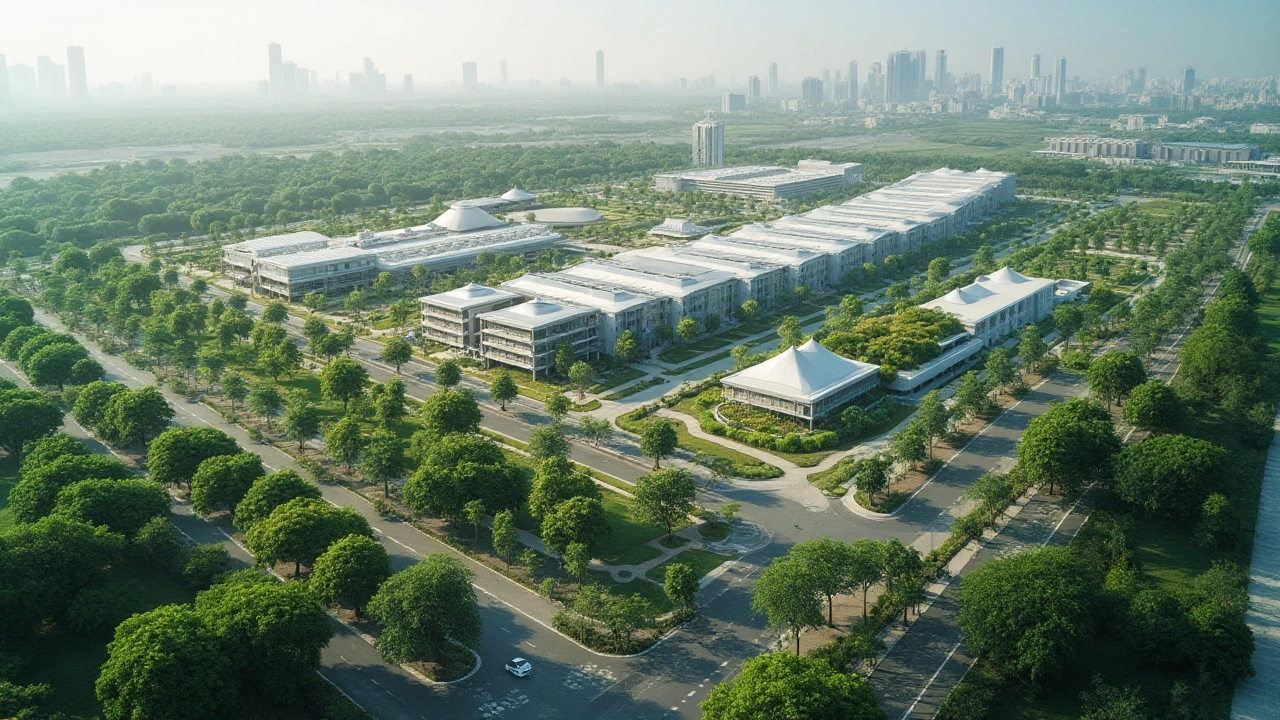
Advantages of India's Textile Industry
India's textile manufacturing sector possesses distinct advantages that secure its prominent position on the global stage. A cornerstone of this success is its abundant and skilled workforce. As one of the world's most populous nations, India leverages the massive pool of talent, where traditional skill meets modern training. The generations-old art of weaving, dyeing, and stitching is deeply embedded in the Indian culture, resulting in an inherent craftsmanship that's challenging to replicate elsewhere. This unique blend of heritage meets industry needs effectively, ensuring that the production of textiles in India is both qualitative and diverse.
Another critical advantage is the availability of raw materials. India is the largest producer of cotton and jute, two of the most important raw components in the textile production process. Accessibility to these materials not only cuts down on import costs but also allows for a broader price range in finished products. The vast arable land offers scope for continuous innovation in farming techniques, ensuring sustainable growth of these essential crops.
The government has played a substantial role in uplifting the sector by implementing several supportive policies. Through various schemes, such as the Technology Upgradation Fund Scheme (TUFS), the government provides financial aid and incentives to streamline operations across the industry. The Special Economic Zones (SEZs) and export promotion councils are other pillars supporting the industry's growth trajectory. The ripple effect is apparent in the rise of small and medium enterprises, which are the backbone of India's textile industry, bolstering both domestic demands and export prowess.
Technological Advancements
With time, technological integration into the sector has become a norm. Businesses employ cutting-edge machinery and software, from automated looms to digital printing technology, increasing efficiency and ensuring precision. This shift not only guarantees higher productivity but also ensures minimal waste, aligning with global sustainability standards. According to a report by the Ministry of Textiles, the export of technical textiles has seen a huge upturn, emphasizing India's growing expertise in this niche area. This focus on modernization, without losing traditional touch, underscores India's adaptability and strength.
"India's textile sector is a significant contributor to the economy, employing approximately 45 million people, directly in 2023, while also flourishing in exports," notes The Economic Times.
Such robust infrastructure makes India an attractive hub for international brands and investors looking to outsource their textile production. The consistent quality and adherence to global compliances, from quality to safety standards, make India a reliable player in the global textile industry. All these advantages converge to solidify India's standing as a leading textile manufacturer, continuously weaving its way into new and promising frontiers.
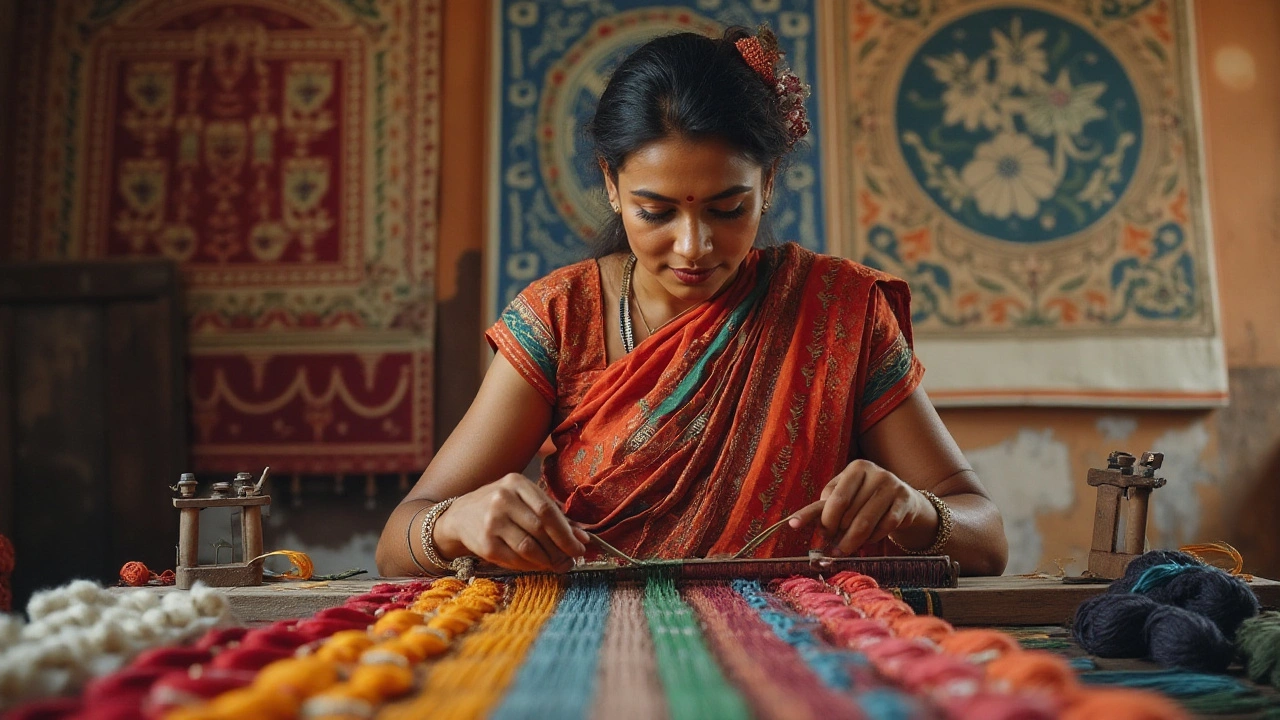
Comparing Global Textile Giants
As we dive into the world of textile manufacturing, it's fascinating to observe how different countries bring their own unique strengths to the table. While India stands out with its extensive variety and traditional artistry, other nations also play significant roles. For instance, China leads the pack with sheer volume and advanced production techniques. Known for its capacity to produce textiles in vast quantities, Chinese manufacturers have perfected efficiency and speed, giving them a competitive edge in meeting global demands. Yet, this isn't just about numbers; the demand for sustainable and eco-friendly production is reshaping priorities across the industry, including in China.
India and China aren't the only major players in this industry. Bangladesh, Vietnam, and Turkey each contribute significantly to the global textile industry. Bangladesh has flourished, especially in the apparel manufacturing sector, thanks to its cost-effective labor force and expertise in mass production. India's neighbor has made a mark in the fast-fashion segment, catering to global fashion brands. Meanwhile, Vietnam's rapid growth can be attributed to its strategic focus on modern technology, allowing it to produce high-quality garments that cater to major fashion companies around the world. It's often said that Turkey's strategic position bridging Europe and Asia allows it to work efficiently with European markets, providing textiles that beautifully marry quality with style.
"The textile industry serves as a perfect vehicle for economic development, especially for countries with abundant labor resources," remarks a renowned researcher at the Textile Exchange.
Another intriguing aspect is how the textile production landscape is evolving with technological advancements. Countries like the United States have incorporated cutting-edge technologies, from automated knitting to smart textiles, shifting their focus to specialized products rather than competing on quantity. Technology has transformed how textiles are created, with innovations like 3D weaving and digital printing becoming more common. Italy and Germany, not traditionally seen as textile giants in the past, now lead in innovation, creating high-end textiles with advanced technology.
The industry is also seeing a shift towards sustainable practices, challenging traditional powerhouses to rethink their strategies. Ethical production and environmental initiatives are now more important than ever, influencing consumer preferences. Textile manufacturers in countries like Japan have turned to producing sustainable fibers, while Scandinavian nations prioritize transparency and ethical practices. This global shift has forced all prominent manufacturing nations, India included, to address sustainability through recycling and organic product lines innovatively.
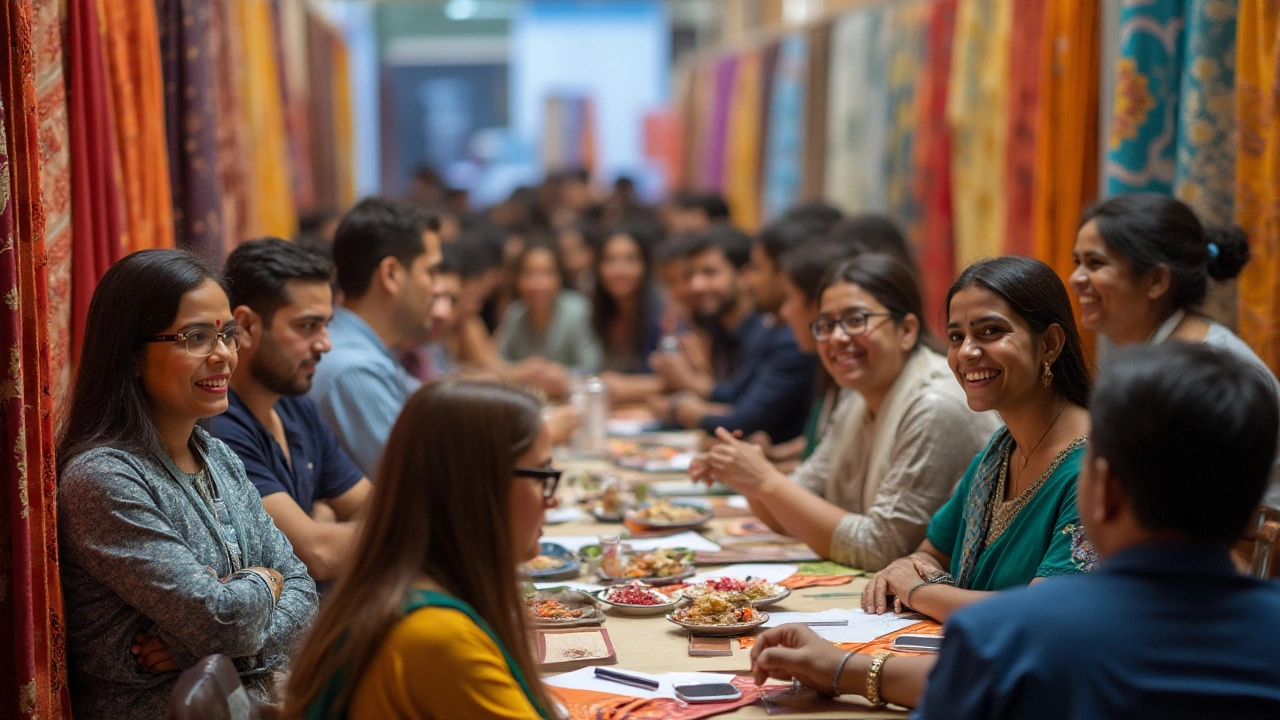
The Future of Textile Manufacturing in India
As the world steadily shifts towards sustainable practices and advanced technologies, the future of textile manufacturing in India appears both promising and challenging. India, already known for its vast textile landscape, is set to embrace innovations that cater to the global demand for eco-friendly and ethical fashion. The push toward sustainable development has led numerous Indian manufacturers to invest in green technologies, adopting biodegradable materials and energy-efficient production methods. This transformation is crucial as consumers are becoming more conscious of their ecological footprints, driving a significant change in market demands globally.
The Indian government has also rolled out several initiatives to boost the textile sector further. One notable program is the 'Make in India' initiative, which aims to enhance manufacturing performance and increase exports. By offering incentives and easing regulations, the government encourages not just large corporations but also small and medium enterprises to expand and innovate. These steps are expected to help India maintain its position as a dominant player in the global textile industry, attracting investments and fostering job creation across regions.
Technology is another key component shaping the future of this sector. The advancement of digital tools such as AI, IoT, and big data is gradually transforming traditional manufacturing processes. Many Indian textile firms are exploring these technologies to streamline their operations, optimize supply chains, and improve product quality. This technological adoption not only increases production efficiency but also helps in reducing waste—another critical component in sustainable manufacturing.
"Technology holds the key to unlocking the next level of growth in India's textile industry," notes a recent report by the Confederation of Indian Textile Industry (CITI), emphasizing how embracing modern techniques is crucial for evolution.
Competing in the global market requires resilience and innovation, and India's textile sector is well-equipped for this. The country's robust infrastructure, combined with a large pool of skilled labor, provides a solid foundation for continued growth. However, staying ahead will require focus on skill development and innovation, ensuring that the workforce is adept in using new technologies and sustainable practices. Educational initiatives and training programs will be vital in bridging any skill gaps, thus supporting the industry's transition toward an advanced manufacturing paradigm.
Emphasizing sustainable growth with cutting-edge technology, the future of textile manufacturing in India is a journey of adaptation and evolution. As the industry strives to meet changing demands and global standards, its continued success will depend on how swiftly and effectively it can transform challenges into opportunities, seizing the potential that lies ahead. With a balanced approach toward innovation and sustainability, India's textile sector seems well-equipped to stitch its path into the future, leaving a lasting imprint on the world stage.


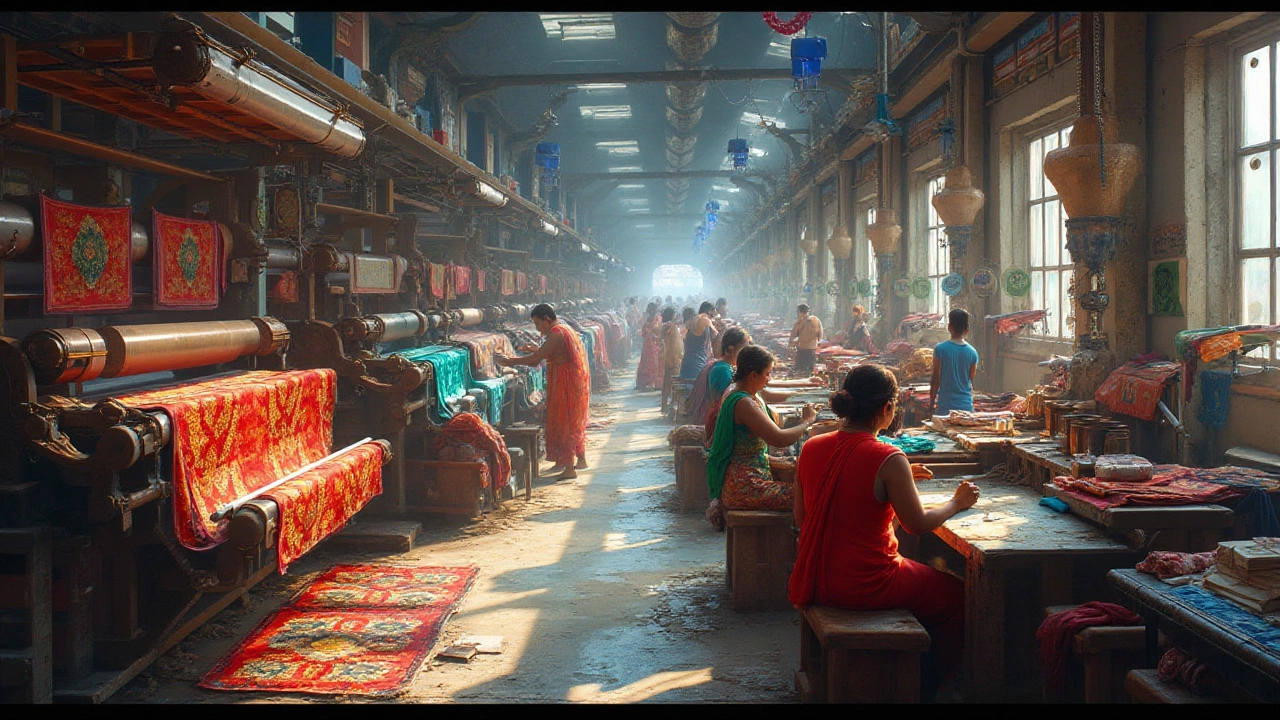

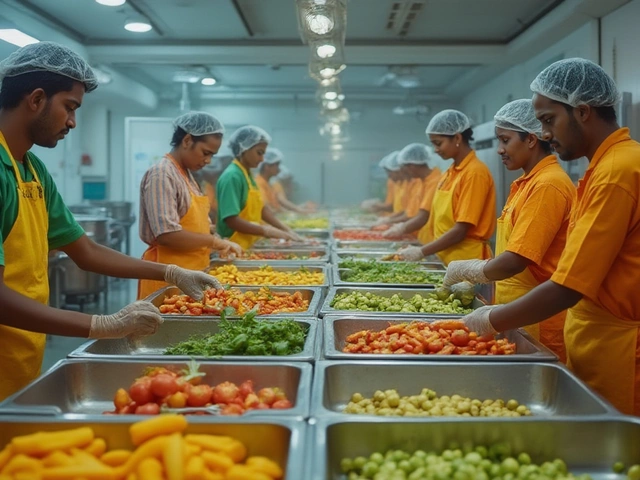



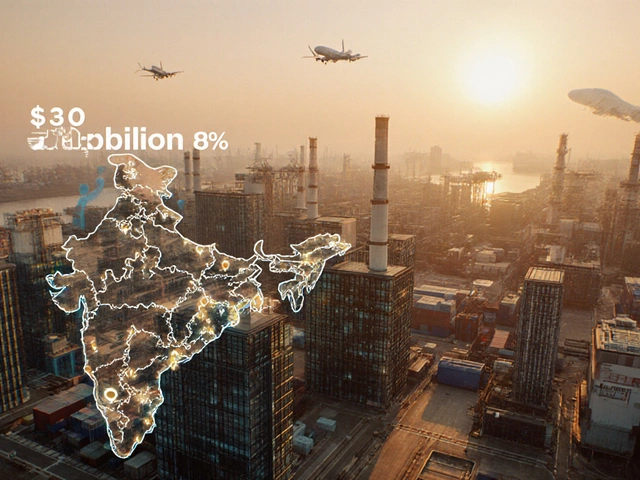


Write a comment